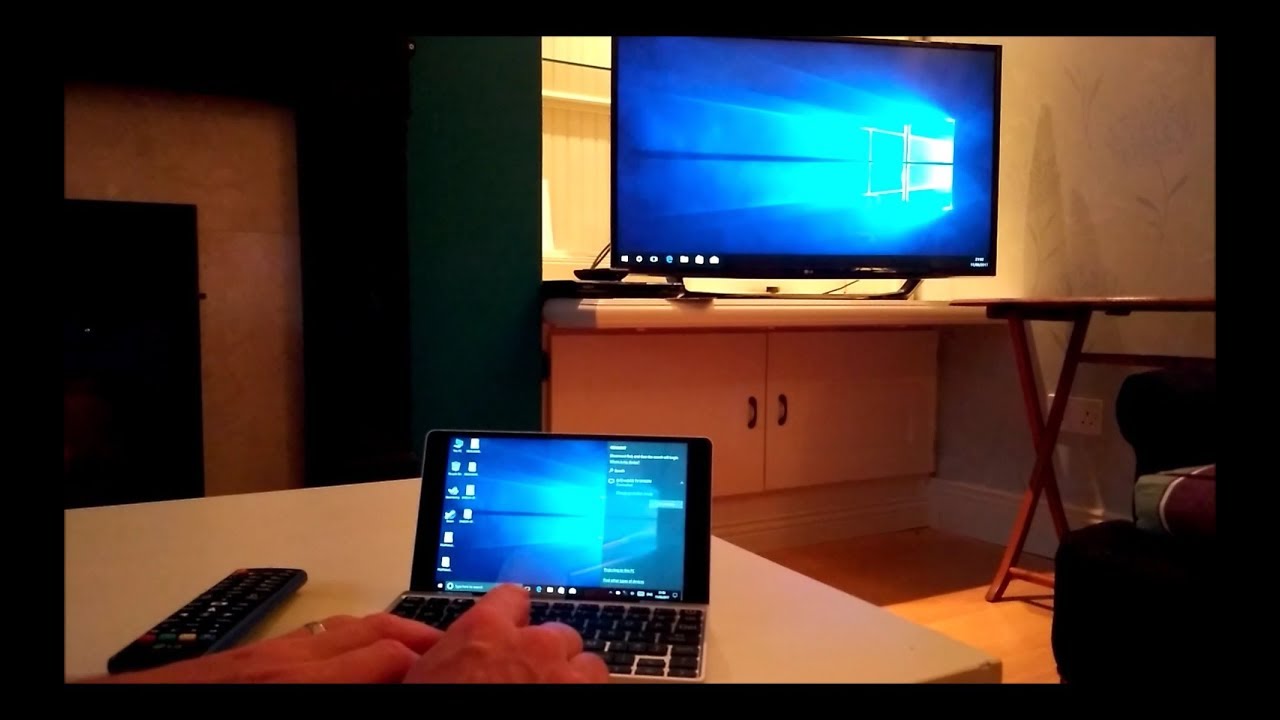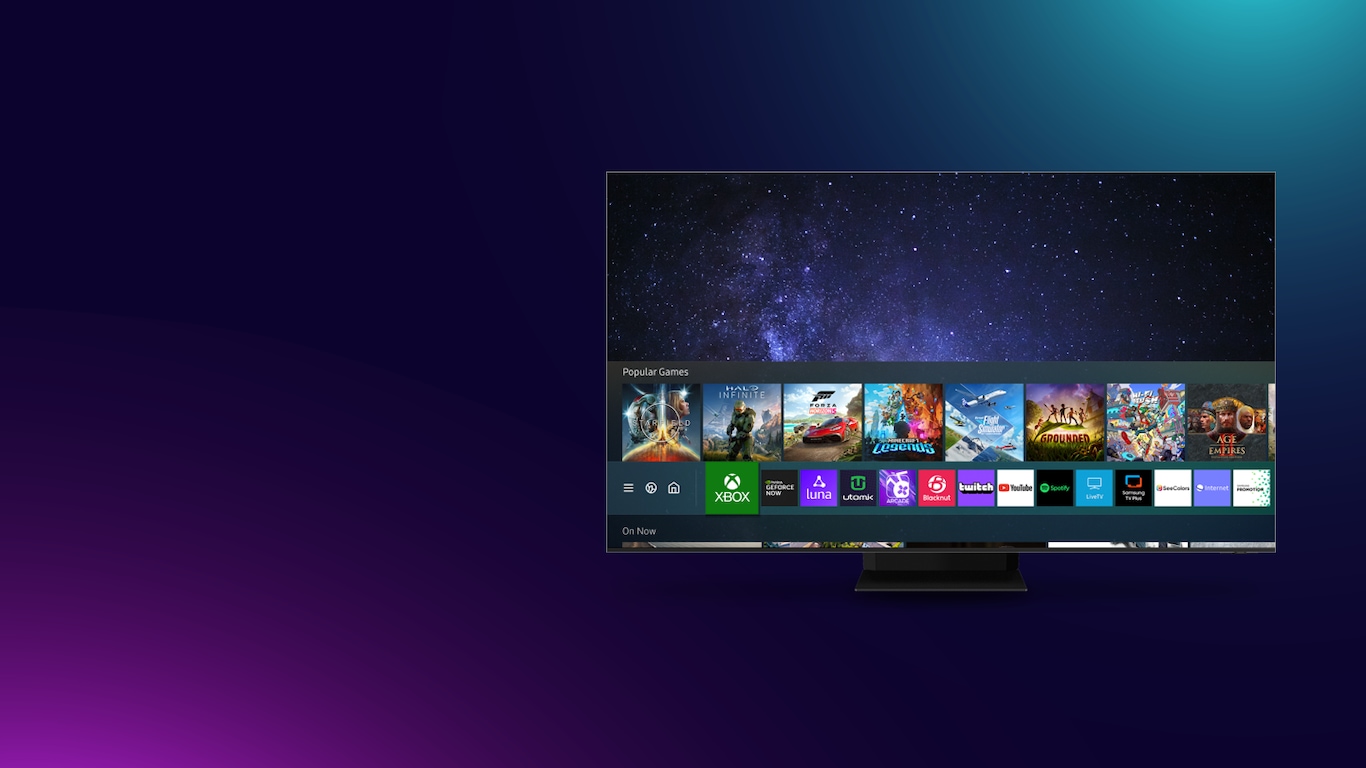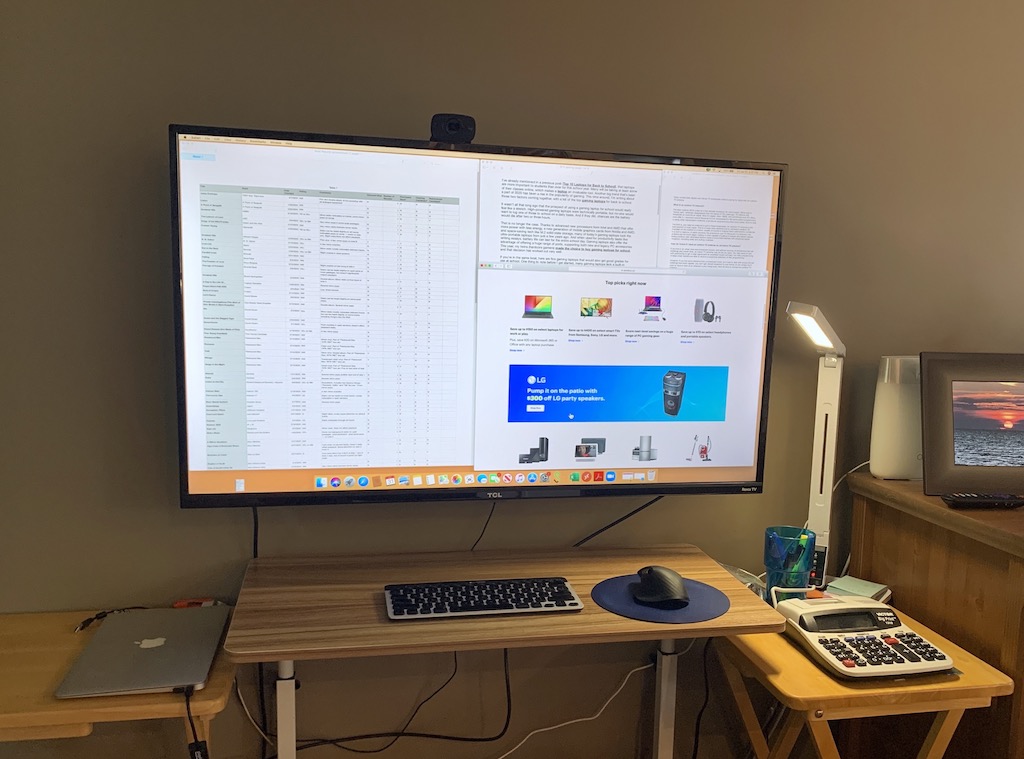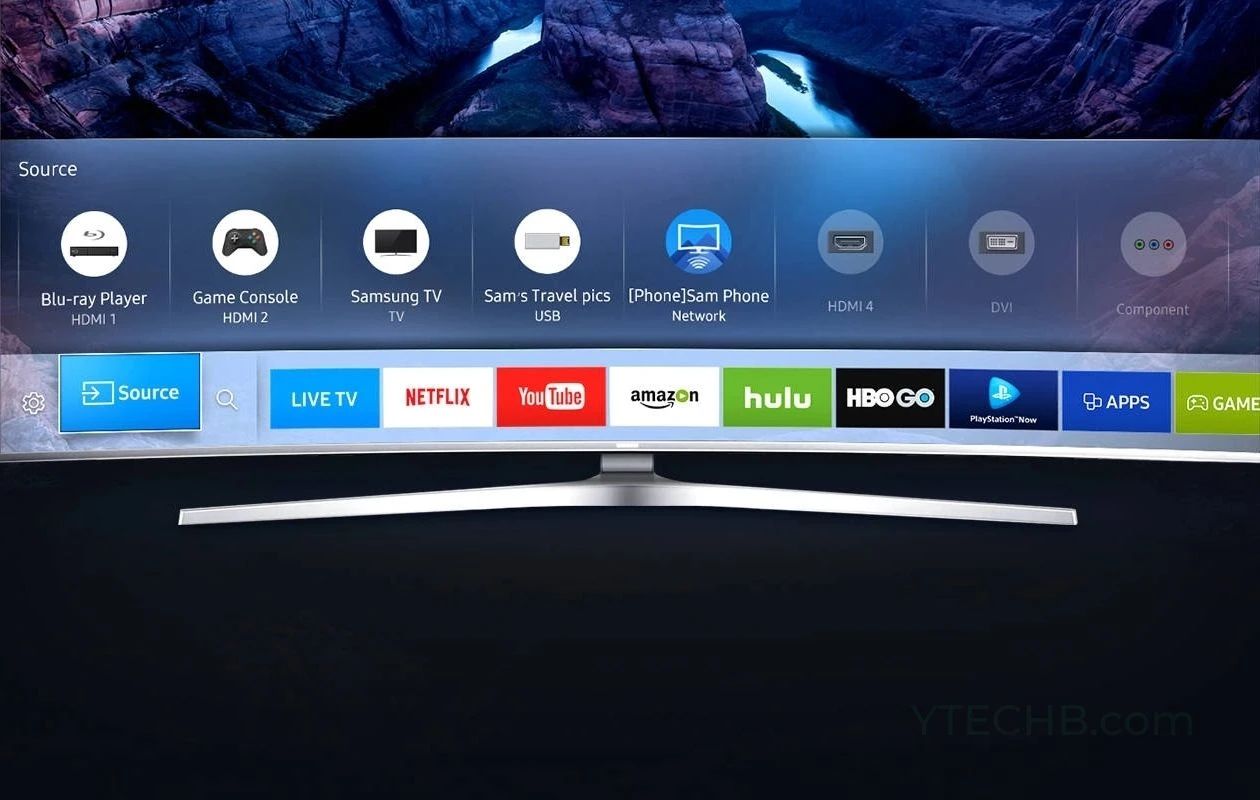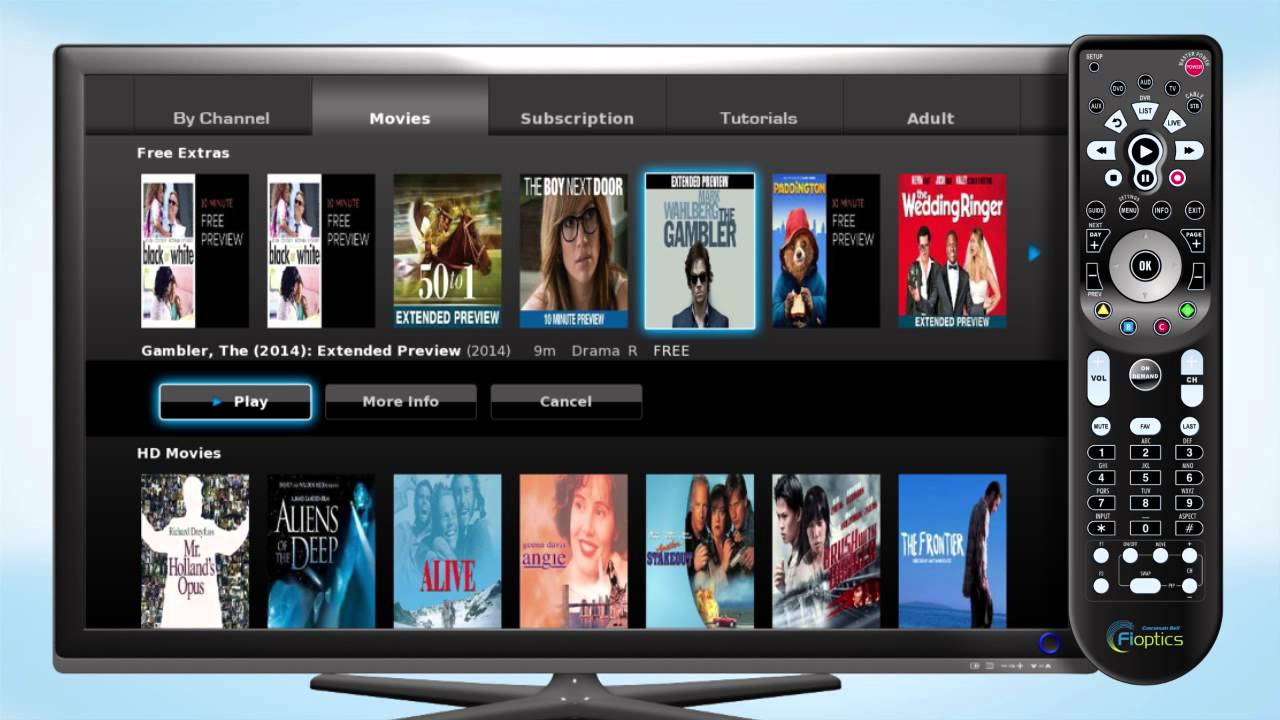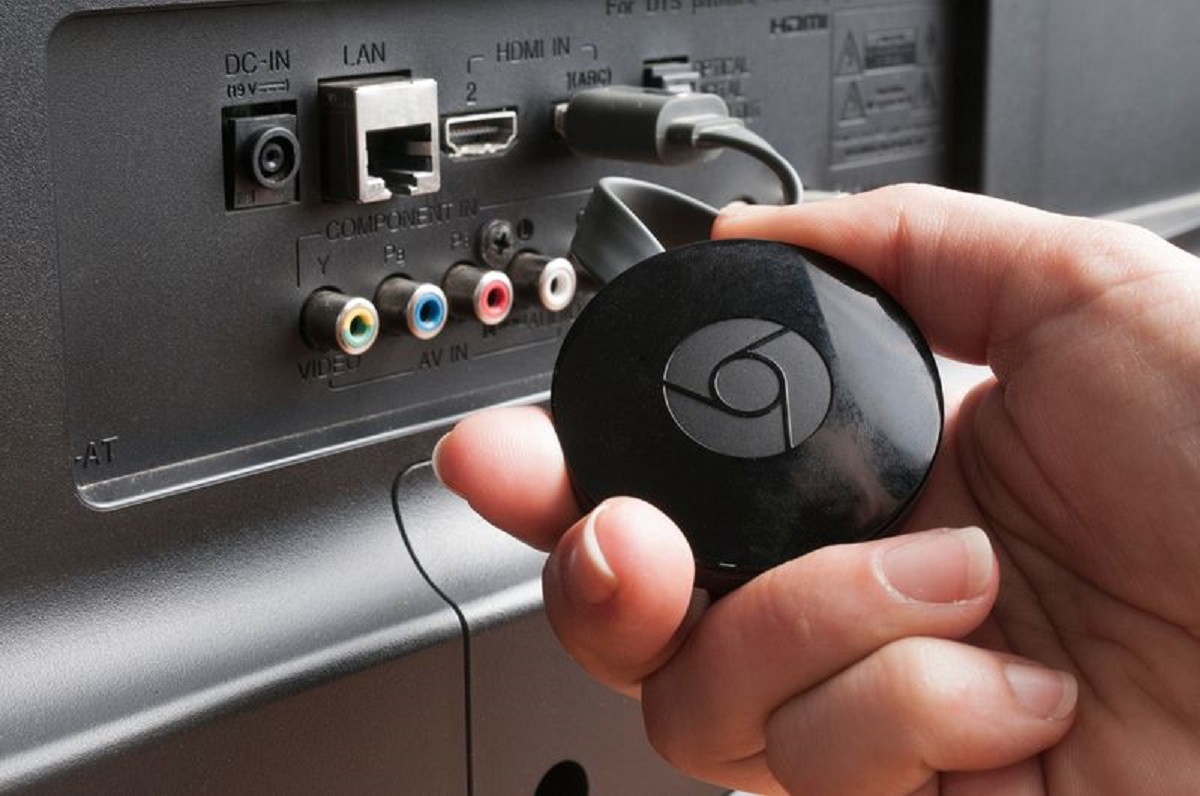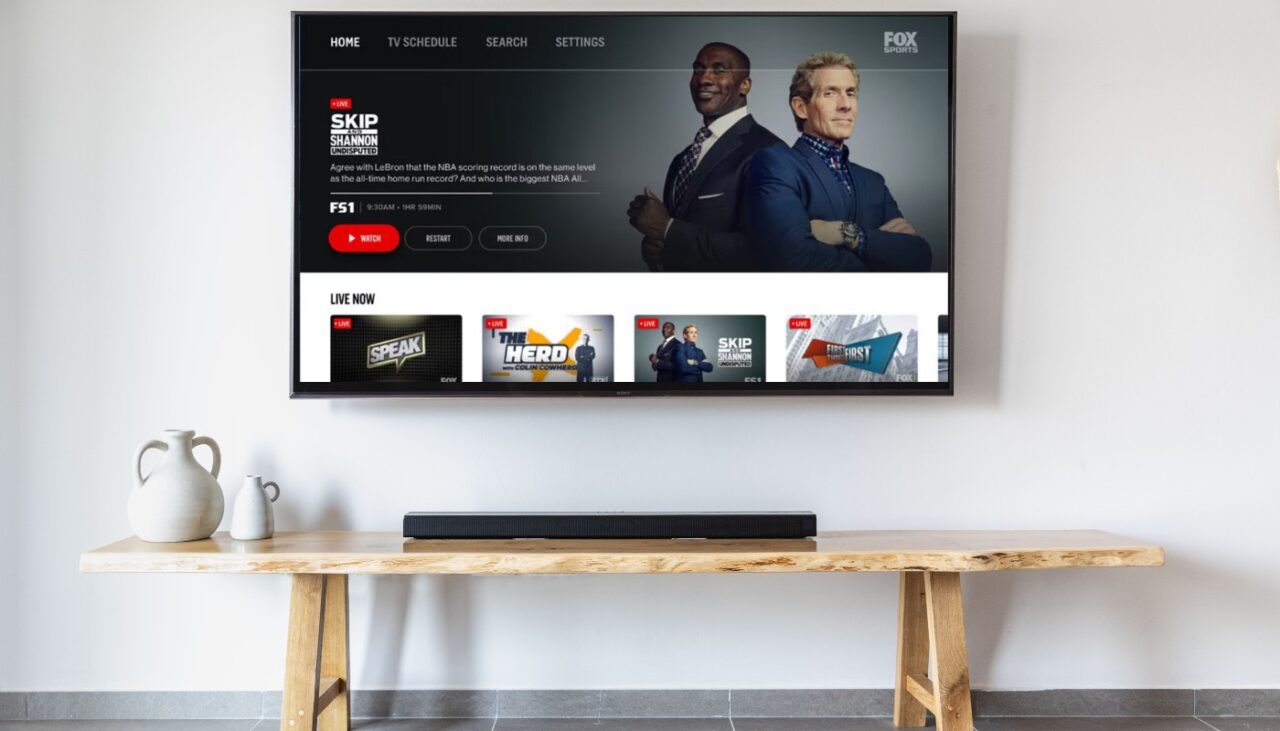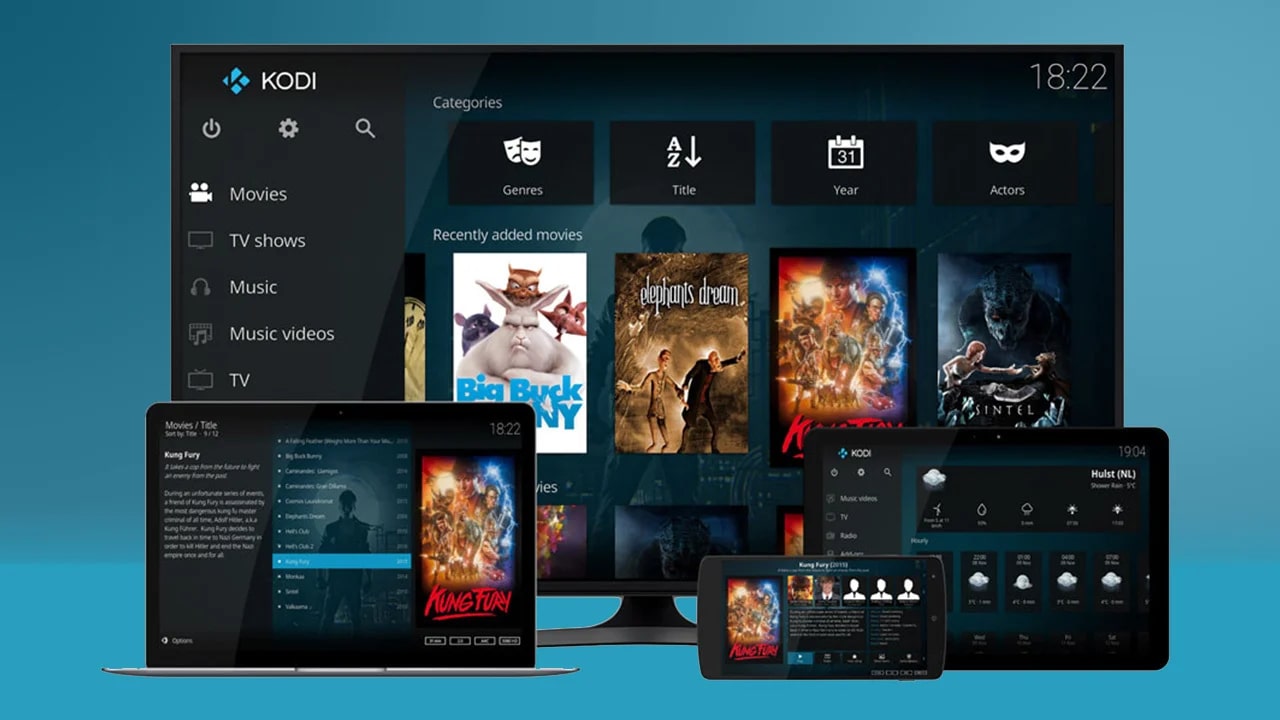Introduction
Welcome to the world of streaming! Streaming has revolutionized the way we consume media, allowing us to enjoy our favorite movies, TV shows, and videos on-demand. One of the most popular ways to stream content is by connecting your computer to a smart TV, which gives you a larger screen and a more immersive viewing experience.
If you’re new to streaming or unfamiliar with the process, don’t worry! In this article, we will guide you through different methods to stream from your computer to a smart TV. Whether you want to watch a YouTube video, stream a movie from a platform like Netflix, or even share a slideshow with family and friends, we’ve got you covered.
Before we dive into the different methods, it’s essential to ensure compatibility and meet the requirements for seamless streaming. First, make sure that your computer and smart TV have the necessary ports and connectivity options. The most common connections are HDMI, USB, and Wi-Fi. It’s also important to verify that both devices support the same streaming protocols, such as Miracast, DLNA, or AirPlay.
Now that you’ve ensured compatibility, let’s explore the various methods you can use to stream from your computer to a smart TV. We’ll cover wired options such as using an HDMI cable, as well as wireless options like Chromecast, Miracast, DLNA, and AirPlay.
Compatibility and Requirements
Before you start streaming from your computer to a smart TV, it’s crucial to check for compatibility and fulfill certain requirements. Ensuring that both your computer and smart TV meet the necessary criteria will help you avoid any potential issues during the streaming process.
First and foremost, check the available ports on your computer and smart TV. The most common and reliable connection for streaming is an HDMI port. Ensure that both devices have an HDMI input/output port and an HDMI cable available. This wired connection provides high-quality audio and video transmission.
If your computer or smart TV doesn’t have an HDMI port, don’t worry! There are alternative options available. Some smart TVs support USB connections, allowing you to directly connect a USB storage device to play media files. Wireless connections like Wi-Fi can also be utilized if both devices are equipped with the necessary features.
In addition to physical connections, it’s crucial to verify that both your computer and smart TV support the same streaming protocols. Miracast is a widely used wireless standard for streaming, supported by many smart TVs and Windows PCs. DLNA (Digital Living Network Alliance) is another common streaming protocol, allowing you to stream content between devices within the same network. If you’re using an Apple computer, you may want to check if your smart TV supports AirPlay, Apple’s proprietary wireless streaming technology.
Lastly, ensure that both your computer and smart TV are connected to the same network. Whether it’s through an Ethernet cable or Wi-Fi, a stable and reliable network connection is necessary for seamless streaming. If you encounter any connection issues, make sure to troubleshoot your network to eliminate potential problems.
By checking compatibility and meeting these requirements, you’ll have a smoother streaming experience and be ready to explore the different methods of streaming from your computer to a smart TV. Now, let’s dive into the various methods available for you!
Method 1: Using HDMI Cable
If you prefer a straightforward and reliable method, using an HDMI cable to connect your computer to a smart TV is a great option. This method ensures high-quality audio and video transmission and is compatible with most devices.
Here’s a step-by-step guide on how to stream from your computer to a smart TV using an HDMI cable:
- Check the available ports on both your computer and smart TV. Look for an HDMI output port on your computer and an HDMI input port on your smart TV.
- Connect one end of the HDMI cable to the HDMI output port on your computer.
- Connect the other end of the HDMI cable to the HDMI input port on your smart TV.
- Switch your TV’s input source to the corresponding HDMI port you connected the cable to. This can usually be done by pressing the “Input” or “Source” button on your TV remote control.
- Your computer screen should now be mirrored on your smart TV. You can play videos, browse the internet, or do any other tasks on your computer, and they will appear on your TV screen.
Using an HDMI cable provides excellent video and audio quality, making it ideal for watching movies, playing games, or giving presentations. It’s a reliable wired connection that ensures minimal lag or latency between your computer and smart TV.
Keep in mind that while using an HDMI cable, your computer’s audio and video settings may need adjustment. You can access these settings through your computer’s Control Panel or System Preferences, depending on your operating system.
Method 1 provides a simple and effective way to stream content from your computer to a smart TV. However, if you prefer a wireless option or don’t have an HDMI port available, don’t worry! There are alternative methods such as using Chromecast, Miracast, DLNA, and AirPlay, which we will explore in the following sections.
Method 2: Using Chromecast
If you’re looking for a wireless streaming method, Chromecast is a popular and convenient option. Chromecast is a small device that plugs into the HDMI port of your smart TV, allowing you to stream content from various apps and platforms using your computer or mobile device as a remote control.
Here’s how to use Chromecast to stream from your computer to a smart TV:
- Ensure that your computer and smart TV are connected to the same Wi-Fi network.
- Plug the Chromecast device into the HDMI port of your smart TV and switch your TV’s input source to the corresponding HDMI port.
- Download and install the Google Chrome browser if you don’t already have it installed on your computer.
- In the Chrome browser, click on the three-dot menu icon in the top-right corner and select “Cast” from the dropdown menu.
- A dialog box will appear, showing the available Chromecast devices. Select your Chromecast device.
- Your computer screen should now be mirrored on your smart TV. You can open any supported video streaming app or website, and the content will be cast to your TV.
Chromecast works seamlessly with popular streaming apps like Netflix, YouTube, Hulu, and many more. It also supports screen mirroring, allowing you to display your entire computer screen on your smart TV.
When using Chromecast, you can control playback, volume, and other settings using your computer or mobile device. This wireless method offers flexibility and convenience, allowing you to enjoy your favorite content on the big screen without the hassle of cables.
Keep in mind that while Chromecast supports a wide range of devices and operating systems, it’s always a good idea to check for compatibility before purchasing the device.
Method 2 offers an easy and wireless way to stream content from your computer to a smart TV using Chromecast. However, if Chromecast is not available or suitable for your setup, don’t worry! There are other methods like Miracast, DLNA, and AirPlay that we’ll explore in the upcoming sections.
Method 3: Using Miracast
If you have a Windows computer or an Android device, Miracast is a wireless streaming technology that allows you to mirror your screen onto a compatible smart TV. It offers a convenient way to stream content without the need for additional devices or cables.
Here’s how to use Miracast to stream from your computer to a smart TV:
- Make sure your computer and smart TV both support Miracast. Most newer Windows computers and Android devices have built-in Miracast capabilities.
- On your smart TV, navigate to the screen mirroring or Miracast settings. This may vary depending on the brand and model of your TV.
- On your computer, open the Action Center by clicking on the speech bubble icon in the bottom-right corner of the taskbar. Alternatively, you can press the Windows key + A to open the Action Center.
- In the Action Center, click on the “Connect” button. A list of available devices will appear.
- Select your smart TV from the list of available devices. Your computer screen will now be mirrored on your smart TV.
Miracast allows you to stream videos, photos, presentations, and more directly from your computer to your smart TV. It provides a wireless connection with minimal delay, making it suitable for various multimedia needs.
It’s important to note that while Miracast is built into many Windows computers, it may require additional software or drivers for proper functionality. Make sure to keep your operating system and drivers up to date to ensure compatibility.
If you have an Android device, the screen mirroring option may be found in the settings or display menu. Consult your device’s user manual or the manufacturer’s website for specific instructions.
Method 3 offers a wireless streaming solution using Miracast, allowing you to enjoy your computer’s content on a smart TV with ease. If Miracast is not supported or available, don’t worry! There are other methods such as DLNA and AirPlay that we will explore in the upcoming sections.
Method 4: Using DLNA
If you have multiple devices connected to the same network, using DLNA (Digital Living Network Alliance) is a convenient method to stream content from your computer to a smart TV. DLNA allows you to share media files, such as videos, photos, and music, between devices within the same network.
Here’s how to use DLNA to stream from your computer to a smart TV:
- Ensure that both your computer and smart TV are connected to the same Wi-Fi network.
- On your computer, enable media sharing and ensure that your desired files or folders are accessible for DLNA sharing. This process may vary depending on your operating system, but it typically involves going to the network settings or media sharing options.
- On your smart TV, navigate to the media sharing or DLNA settings. This may be located in the network or settings menu, depending on your TV’s brand and model.
- Select your computer from the list of available devices in the DLNA settings on your smart TV.
- Navigate through the shared media folders on your smart TV to access and stream the desired content from your computer.
DLNA eliminates the need for physical cables and provides a seamless wireless streaming experience. It allows you to enjoy your media files stored on your computer on a larger screen, making it ideal for watching movies, sharing slideshows, or listening to music.
It’s essential to note that DLNA compatibility varies across devices and manufacturers. Ensure that both your computer and smart TV support DLNA or have DLNA-enabled applications installed.
Method 4 presents a wireless method using DLNA to stream content from your computer to a smart TV. If DLNA is not available or suitable for your setup, don’t worry! There’s another efficient method called AirPlay, which we will explore next.
Method 5: Using AirPlay
If you are an Apple user with a Mac computer or an iOS device, AirPlay is a powerful wireless streaming technology that allows you to mirror your screen or stream media from your device to a compatible smart TV or other AirPlay-enabled devices. AirPlay offers seamless integration with Apple devices, making it a convenient option for streaming content.
Here’s how to use AirPlay to stream from your computer to a smart TV:
- Make sure your computer and smart TV are connected to the same Wi-Fi network.
- On your smart TV, make sure AirPlay is enabled in the settings. This may vary depending on the brand and model of your TV.
- On your Mac, click on the AirPlay icon in the menu bar at the top-right corner of the screen. If the icon is not visible, go to “System Preferences” > “Displays” > “AirPlay Display” and check the box for “Show mirroring options in the menu bar when available”.
- Select your smart TV from the list of available AirPlay devices.
- Your computer screen will now be mirrored on your smart TV. You can play videos, browse the internet, or perform any tasks, and they will be displayed on your TV screen.
AirPlay allows you to stream not only your screen but also specific media content. You can use the AirPlay feature within various apps on your iOS device or Mac computer to directly stream videos, music, and photos to your smart TV.
It’s important to note that AirPlay compatibility may vary across devices and models. Ensure that your smart TV supports AirPlay or has AirPlay-enabled applications available.
Method 5 presents a wireless streaming solution using AirPlay, which is perfect for Mac or iOS users who wish to enjoy their content on a larger screen. If AirPlay is not available or suitable for your setup, you can consider other methods discussed previously.
Conclusion
Streaming from your computer to a smart TV opens up a world of possibilities for entertainment and productivity. Whether you want to watch movies, share photos, deliver presentations, or enjoy your favorite content on a larger screen, there are various methods available to suit your needs.
In this article, we explored five different methods for streaming from your computer to a smart TV. We covered using an HDMI cable for a reliable wired connection, utilizing Chromecast for wireless streaming, leveraging Miracast for Windows and Android devices, using DLNA for media file sharing, and taking advantage of AirPlay for seamless integration with Apple devices.
Each method has its own benefits and considerations. If you prioritize simplicity and reliability, using an HDMI cable is a straightforward choice. If you prefer a wireless option, Chromecast, Miracast, DLNA, and AirPlay offer convenient solutions depending on your device’s compatibility.
Before you start streaming, always ensure compatibility between your computer and smart TV, verify necessary ports and connectivity options, and confirm that both devices support the same streaming protocols.
Remember to adjust your computer’s audio and video settings as necessary to ensure optimal streaming experience. Troubleshoot any connectivity or performance issues by checking your network connection and keeping your devices up to date.
With these methods at your disposal, you can now enjoy a seamless streaming experience, bringing your computer’s content to the big screen of your smart TV. Get ready to immerse yourself in your favorite movies, shows, and media, or unleash your creativity with presentations and photo sharing.
Choose the method that suits your needs and dive into the world of streaming from your computer to a smart TV. Sit back, relax, and enjoy the endless possibilities that streaming brings to your entertainment and productivity.







